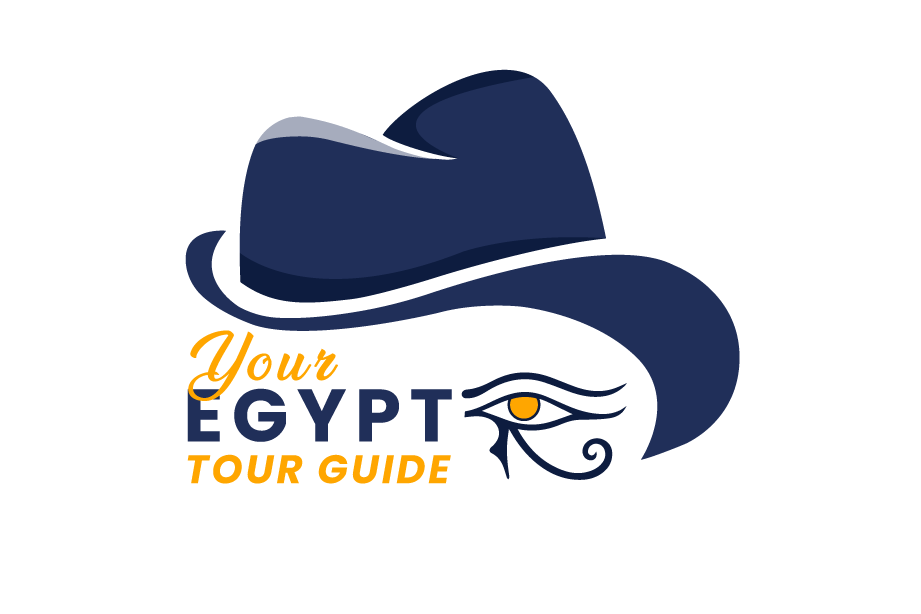The Egyptian Museum of Cairo is a museum located in the heart of Cairo, Egypt. It is one of the largest and most important museums of ancient Egyptian artifacts in the world, with over 120,000 items in its collection. The museum was founded in 1835 by the Egyptian government and has been housed in its current location since 1902.
The museum’s collection includes artifacts from ancient Egypt’s prehistory through to the Greco-Roman period, including some of the most famous and iconic artifacts of ancient Egypt. Some of the most notable items in the museum’s collection include:
Tutankhamun’s Treasure: The museum houses a vast collection of treasures from the tomb of King Tutankhamun, including his famous golden death mask, his sarcophagus, and other priceless artifacts.
The museum features artifacts from the royal tombs of ancient Egypt, including the tomb of Tutankhamun and the tombs of other pharaohs.
The museum has an extensive collection of statues, including statues of pharaohs, gods and goddesses, and other important figures from ancient Egyptian history.
The museum also houses a large collection of papyrus scrolls, including the famous Book of the Dead, a collection of spells and incantations designed to guide the deceased through the afterlife.
The museum is a must-see destination for anyone interested in ancient Egypt and its rich history and culture. In 2021, the museum was partially relocated to its new home, the Grand Egyptian Museum, which is located near the Giza pyramids and is expected to become the primary museum of Egyptian antiquities in the near future. The Egyptian Museum of Cairo will continue to house a significant portion of Egypt’s ancient artifacts, and it remains an important cultural institution in the country.
The museum’s building is an impressive neoclassical structure that was designed by the French architect Marcel Dourgnon. The building features two main floors and a basement, with the majority of the museum’s collection housed on the ground floor. The museum’s architecture and design have been criticized for being outdated and inadequate for the museum’s vast collection.
The Egyptian Museum of Cairo’s collection includes a wide range of ancient Egyptian artifacts, including statues, mummies, papyrus scrolls, jewelry, and other objects. The museum’s most famous collection is the treasures of King Tutankhamun, which includes his famous golden death mask and other priceless artifacts from his tomb.
The Egyptian Museum of Cairo has faced numerous challenges over the years, including issues with funding, staffing, and conservation. Many of the museum’s artifacts are in need of restoration and preservation, and the museum has struggled to keep up with the demands of maintaining its vast collection.
In recent years, the Egyptian government has been working on a plan to relocate much of the museum’s collection to a new museum, the Grand Egyptian Museum, which is located near the Giza pyramids. The new museum is expected to be a state-of-the-art facility that will showcase Egypt’s ancient artifacts in a modern and immersive way. The Egyptian Museum of Cairo will continue to house a significant portion of the country’s ancient artifacts, but its role is expected to diminish over time as the Grand Egyptian Museum becomes the primary museum of Egyptian antiquities.
The Egyptian Museum of Cairo’s location in Tahrir Square is significant for several reasons. Tahrir Square is located in the heart of Cairo’s downtown area, and it has long been a site of political and cultural significance in Egypt. Here are some reasons why:
Tahrir Square has been a site of major historical events in Egypt’s modern history. It was the site of the 1919 Revolution, which led to Egypt’s independence from British colonial rule, and it was also the focal point of the 2011 Egyptian Revolution, which resulted in the ousting of former President Hosni Mubarak.
Tahrir Square is located in the heart of Cairo’s downtown area, which has long been a center of cultural and intellectual life in Egypt. The square is surrounded by important cultural institutions, including the Egyptian Museum of Cairo, the Cairo Opera House, and the Arab League headquarters.
Tahrir Square is a central location that is easily accessible from all parts of Cairo. This makes the Egyptian Museum of Cairo easily accessible to visitors from all over the world.
Tahrir Square has become a symbol of Egypt’s struggle for democracy and social justice, and the Egyptian Museum of Cairo plays an important role in preserving and promoting Egypt’s cultural heritage. The museum’s location in Tahrir Square serves as a reminder of the important role that culture and history play in shaping Egypt’s identity and future.
Overall, the Egyptian Museum of Cairo’s location in Tahrir Square is significant because it reflects the museum’s role as a cultural institution that is deeply connected to Egypt’s history, culture, and identity.





